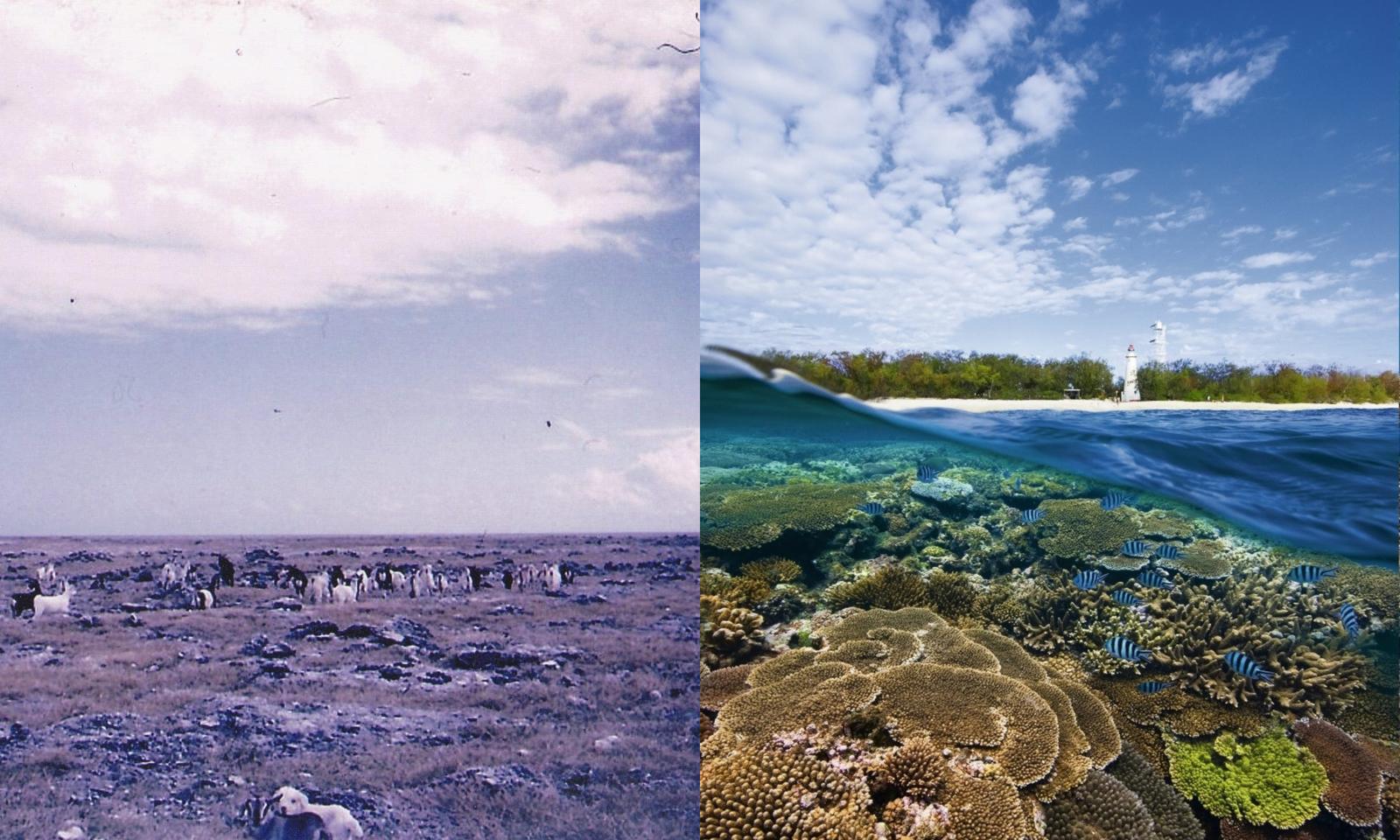WEF’s Biodiversity Credits Initiative raising $711bn to fund the reversal of biodiversity loss takes root

Picture by Geranimo
According to the World Economic Forum, more than 50% of the world’s GDP is highly dependent on natural resources. Today, human actions have deteriorated these natural systems and biodiversities to almost irreversible tipping points, along with a 69% decline in animal population since the 1970s.
The WEF estimates that $711bn of funding is required annually to end the decline of natural resources and biodiversity by 2030. However, in 2019, only $143bn in global financing was directed towards biodiversity protection, highlighting the need for increased public and private sector funding.
The Biodiversity Credits Initiative is a global campaign introduced by the WEF to address this challenge. To bring the biodiversity loss from business activities to zero and/or to achieve a net gain in biodiversity, businesses can purchase biodiversity credits from the open market. The sales from the purchase of these credits are then utilized to fund biodiversity improvements in a selected location.
Private landowners and governments can utilize existing land to create biodiversity credits that can be purchased by businesses. This is done by developing a plan to achieve a net gain in the biodiversity of a particular land within a particular period using the accepted metrics. Units of these projects are then purchased by businesses to achieve the biodiversity net gain.
Biodiversity credits are different from biodiversity offsets such as carbon offsets as it promotes achieving a net gain over offsetting the equivalent of biodiversity loss, and drive businesses to follow a nature-positive journey preferred by the majority of customers in the market.
Currently, countries such as Australia, the United Kingdom, Columbia, and New Zealand have launched campaigns to integrate biodiversity credits within local business landscapes. In the UK, all developers are required by law to achieve a 10% net gain in biodiversity, and in Columbia, developers must contribute 1% of the investment to wildlife conservation.



